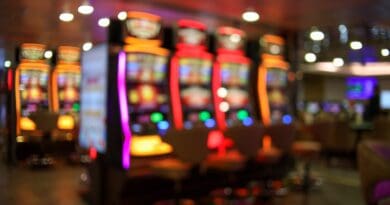
Cracking the Code: What Puzzle Games Reveal About the Future of Energy
It started, as these things often do, with the promise of a quick distraction. A puzzle on my screen seemed simple enough.
Yet each time I thought I’d cracked it, a wrong turn sent me tumbling back to the beginning. Minutes turned into an hour. Frustration mounted. And then, finally, the solution appeared. The relief was out of proportion to the problem, but the process left me thinking.
Because progress, whether in games or in life, rarely comes in neat, straight lines. More often it’s trial, error, adjustment. Which is a pretty good description of our journey towards clean energy.
More Than Shiny Machines
When people talk about electric vehicles or renewable power, the conversation tends to orbit around technology. Faster charging, longer ranges, better batteries. Useful developments, certainly, but they don’t tell the whole story.
The harder challenge is fitting those advances into a working system. Governments face awkward choices: move too quickly and infrastructure strains; wait too long and enthusiasm fades. Businesses wrestle with the same timing problem. And consumers are adjusting too, quietly altering habits, planning routes differently, watching energy costs in ways they never had to with petrol. None of these choices stands alone. They interlock, much like the pieces of a stubborn puzzle.
Lessons from Games
This is why games can be a useful metaphor. In strategic puzzle games online, players quickly learn that brute force rarely works. Success lies in patience, foresight, and a willingness to learn from failure.
Clean energy is similar. Consider charging networks. They cannot appear everywhere overnight. Someone has to decide: city centres, motorways, or rural villages first? Each choice comes with trade-offs, and the order in which they’re made often matters as much as the decisions themselves. Like in a puzzle, timing is everything.
The Power of Small Steps
Anyone who has chipped away at a tough game knows that progress is gradual. You move one level at a time, carrying knowledge forward.
The energy transition is no different. A single charging hub or solar project may not change much on its own, but multiply them, and the system begins to shift. Small steps accumulate into something far larger.
Failure belongs in the story, too. In games, failure is expected. You try, you fail, you try again. In energy, not every policy will succeed, not every technology will deliver. Yet setbacks often teach lessons that make the next attempt more effective.
Seeing the System
The other insight puzzle offer is about systems. Every move changes the rest of the board. Solve one part, and another shifts.
Energy is exactly like that. Cars need chargers. Chargers depend on grids. Grids are shaped by renewables. And renewables, in turn, depend on consumer behaviour and politics. None of these elements stands alone. Tug at one strand and the rest begins to move with it.
Playful, but Serious
No game will solve climate change. But games can remind us of something important: that persistence matters more than perfection, that resilience outlasts bravado, and that progress usually comes from a sequence of modest steps rather than a single breakthrough.
For anyone following the rise of electric vehicles, that reminder feels timely. Change won’t arrive overnight. It will creep forward through a chain of decisions, each one building on the last.
And perhaps that is the real lesson. Whether stuck on a digital puzzle or trying to rewire how we power our lives, the way forward is the same: try, fail, learn, adjust, and keep going. One level at a time.





